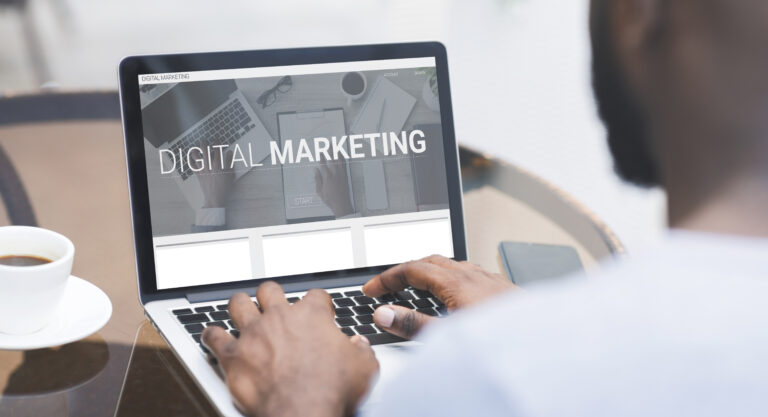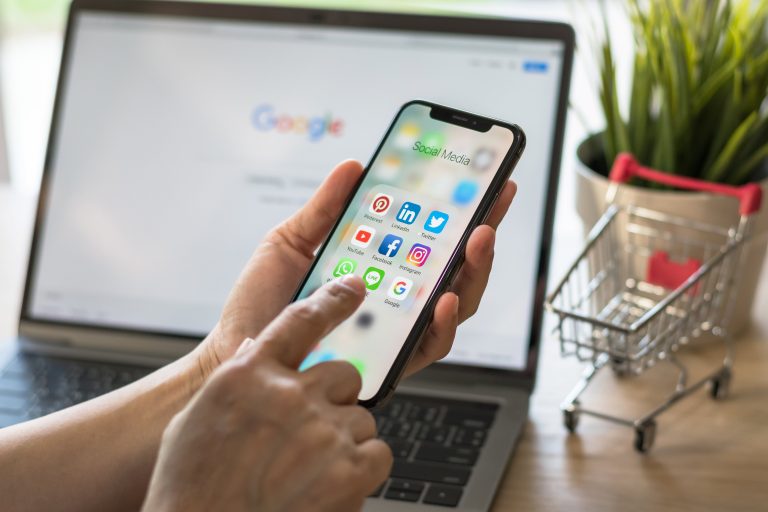-
Pre-record and edit speakers
Presenting live can be difficult, but it can be especially awkward when you can’t see your audience or their reactions. That’s why we recommend that panellist presentations are recorded in advance, so that they can be edited.
The final result will be much more polished and will allow the presenter to get their point across succinctly, without feeling the pressure of having an audience. This will also be more engaging for the audience, and it will reflect well on the webinar host, who has clearly put time and effort into producing the webinar.
If pre-recorded presentations doesn’t sound like the right fit for your webinar and you would prefer to go down the route of open discussion, ensure that you have plenty of topics and questions on hand. You should also prep your panellists and let them know what to expect beforehand.
-
Start at a time that works for your audience
The time that your webinar starts should be determined based on when your audience will be able to and are likely to attend. For instance, if you are trying to target an audience in a time zone that isn’t the same as the one you’re in, you will need to adjust your timings to suit your audience.
This article suggests that the ideal time to host a webinar is between 11am and 2pm, but if you are hoping to attract health care professional, it may be better to host in the evening, when they are less busy with patients. In our experience of hosting webinars for our clients, 7pm on a Monday or a Tuesday is a good time for surgical teams.
-
Test speakers
-
Before setting the webinar live, there should be some time set aside to test all speakers’ mics and ensure they are comfortable with the running of the webinar. This should include having someone on hand to act as technical support in case any issues occur. Technical issues halfway through the webinar will not reflect kindly on the host.
-
Have a moderator to run the session
A moderator on the session can help things to run smoothly and will keep the audience abreast of what is happening at every stage. The moderator can introduce each panellist and facilitate the Q and A session.
-
Mix up the format
It is hard to hold people’s attention after 10 minutes, so it is useful to mix up the content to keep people engaged. Instead of having people talk solidly for an hour, it can be beneficial to incorporate videos, polls and other interactive features to hold the viewer’s attention.
We find that the ideal format is to begin with video to draw the viewer in and then to hold their attention the webinar should be split into three sections, giving panellists up to 15 minutes for their presentation and then finish with 15 minutes of a Q and A session. Webinars really shouldn’t exceed an hour as it is hard to keep hold of people’s attention for that long and it will take up a large chunk of their day, perhaps discouraging them from registering.
-
Have seed questions ready
When it comes to the Q and A section, viewers are usually armed and ready with questions, but it is a good idea to prepare some questions just in case. The moderator should have some seed questions they can use to get a conversation flowing, which should hopefully encourage viewers to begin submitting their own questions. The last thing you want is for the webinar to be ended awkwardly because there are no questions from the audience.
-
Survey the attendees
Once the webinar is finished it’s a good idea to gather feedback. Zoom allows hosts to direct attendees to a survey once they close the webinar, which presents a great opportunity to hear from your potential customers.
You should enquire to find out what they enjoyed about the webinar, where they think there could be areas of improvement and what topics they would like to hear more about. This will give you valuable insights into the wants and needs of your customer, which will not only help you to run better webinars in the future, but can have a positive impact on your marketing as a whole.
The better you know your audience, the better you can appeal to them. Surveys are also a great way to do a small amount of market research, you can add 1-2 non webinar related questions while you have an engaged audience.
-
Use the content on social media
Just because the webinar has finished, it doesn’t mean that you should stop promoting it. Clips and quotes from the session can make great content on social media for those who missed it. Videos perform well on social media in terms of engagement, so reusing the content from your webinar is a great way to easily create videos that will benefit your social media offering as a whole.
You can also allow your audience to watch a recording of the session, expanding its reach even further. Often recordings of webinars see even more success than the original event because they are available on demand, it doesn’t require people to be available at a certain time on a certain date.
-
Time to host your own Medical Device webinar
Webinars can bring in an impressive number of leads for your business as they allow you to display your knowledge, portraying you as a knowledge leader in order to build trust with potential customers. But they have to be done right, otherwise, they may not see the same level of success. Our top tips should help you to host your own events, but get in touch with us if you would like our help.
We also interviewed Becca, our Events Co-ordinator, to find out what she thinks makes an event of any kind more successful be it online or in-person, visit our article on Medical Device events to learn more














